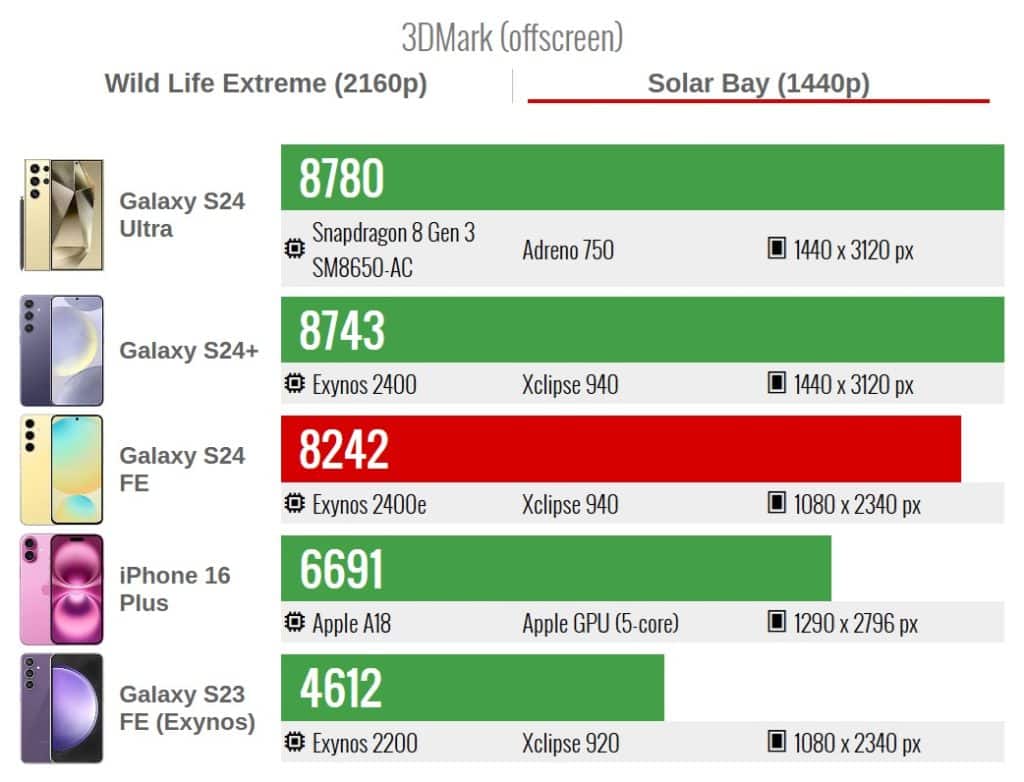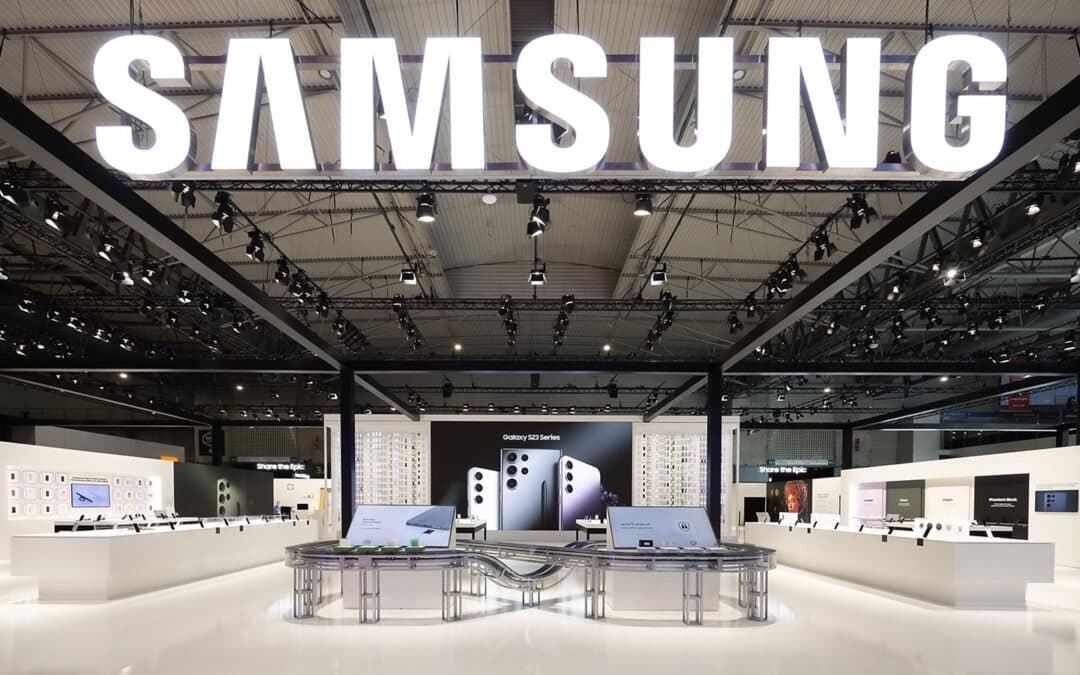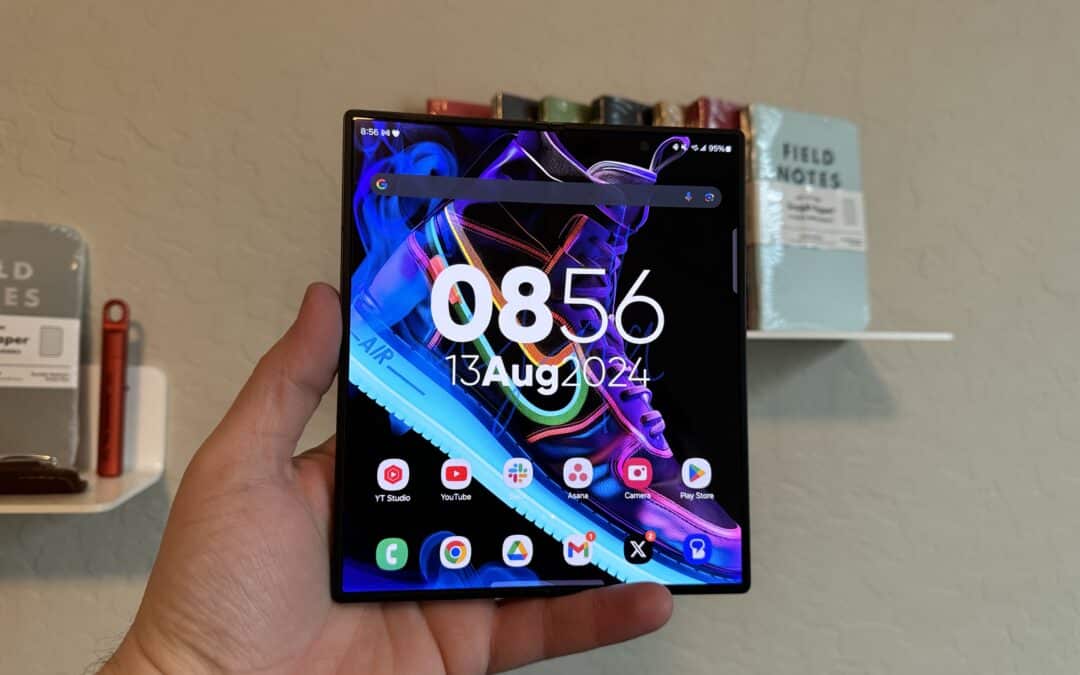Samsung’s $650-priced Galaxy S24 FE offers faster ray tracing performance than the iPhone 16 Pro Max. The new Galaxy’s Exynos 2400e chipset outperformed Apple’s most advanced iPhone processor, the A18 Pro, in Solar Bay benchmark tests. This is despite both chips boasting hardware-accelerated ray tracing.
The Galaxy S24 FE offers faster ray tracing than the iPhone 16 Pro Max
Samsung recently launched the Galaxy S24 FE with its in-house Exynos 2400e chipset, a downclocked version of the Galaxy S24’s Exynos 2400. The chip integrates the AMD-powered Xclipse 940 GPU running at an unspecified speed, potentially around 1GHz. The phone also has a larger vapor chamber to keep the temperature down during intense workloads.
As part of their review process, the folks over at GSMArena ran several benchmarks on the Galaxy S24 FE. It mostly performed within the expected ranges — slightly lower CPU and GPU scores than the S24 flagships and the latest iPhones. However, in Solar Bay tests (used to evaluate ray tracing capabilities), Samsung’s new Fan Edition handset outperformed the iPhones.
The Galaxy S24 FE‘s 4nm Exynos 2400e chipset scored 8,242 in GSMArena’s Solar Bay tests. The iPhone 16 Plus’ A18 processor (3nm) scored 6,691, 23% less than the Galaxy. Better yet, the Samsung phone outscored the iPhone 16 Pro Max’s A18 Pro (also 3nm). The publication didn’t reveal the latter’s Solar Bay score but said it lagged behind the Exynos.

“The A18 Pro is faster than the A18 in this test, but still behind the Exynos 2400e,” the report states. It also notes that all of these chips offer hardware-accelerated ray tracing. However, Apple’s GPU still couldn’t keep up with Samsung. It appears the Korean firm hasn’t cut many corners on the Galaxy S24 FE. At $650, it is turning out to be a fairly capable phone with near-flagship experience. The device is currently available for pre-order with general sales beginning on October 3.






